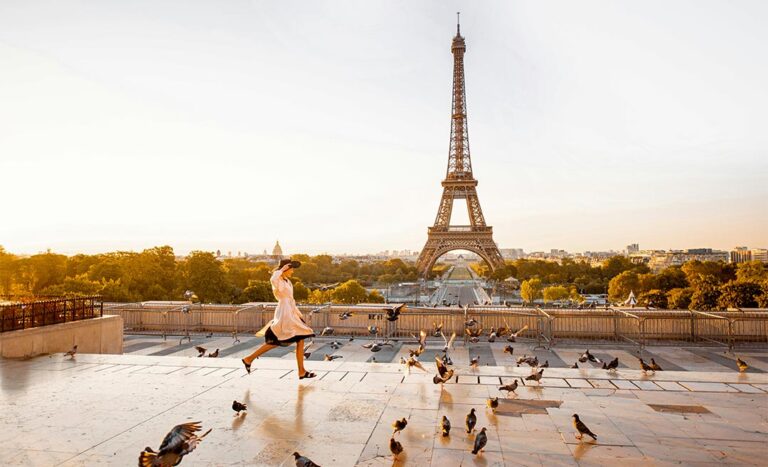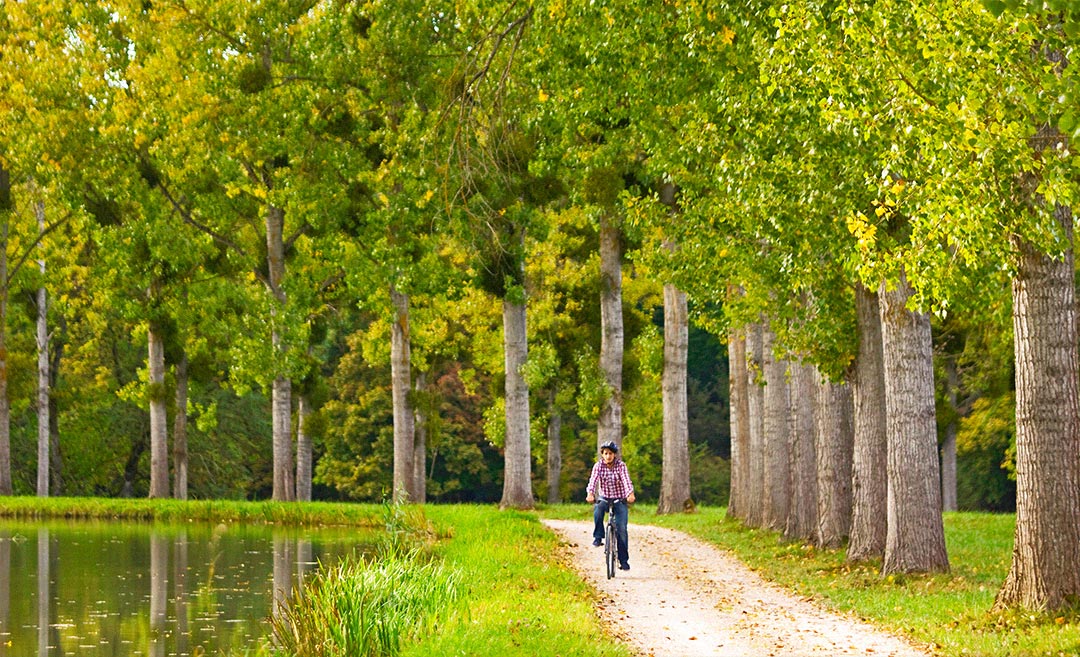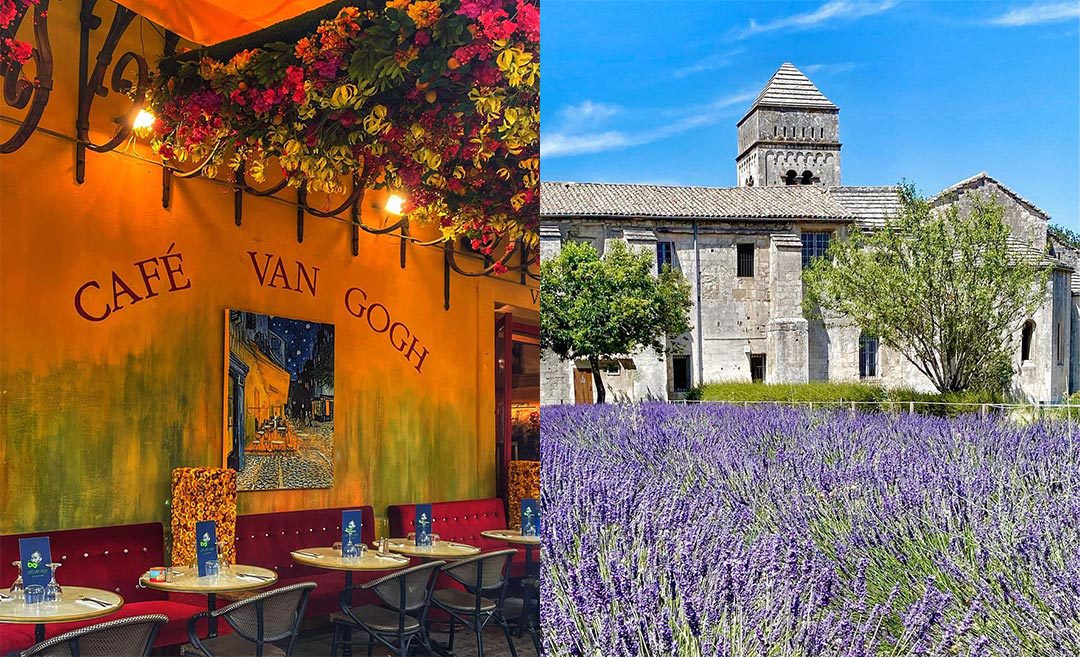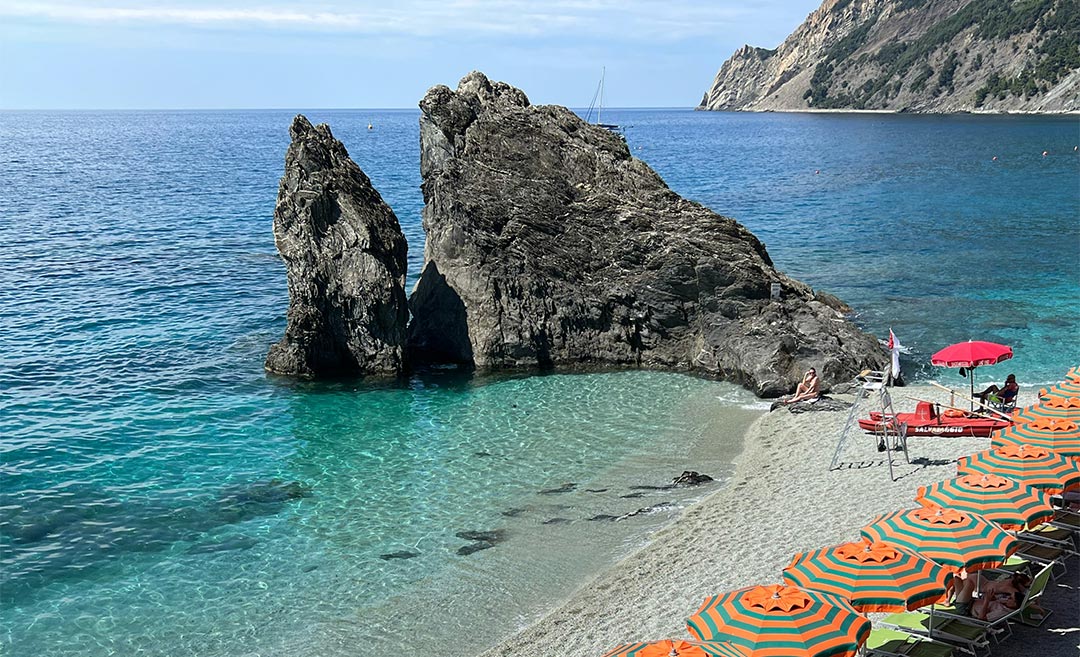The gaze of global sports fans during an Olympic year is focused on the host city and nearby venues that stage associated specialised events. Paris and other French cities such as Lyon, Saint-Etienne, Nice, Bordeaux, Nantes, and Marseille are on the main Olympic stage. France is a country everyone should visit, even during the Olympics, when the streets and sights will be crowded and security tight.
Hidden gems: Lesser-known cities in France for a French experience
I love everything about France except crowds, so I thought it would be fun to look at some lesser-visited locations that offer an exciting French experience without the hustle and bustle and swarms of other tourists. However, bear in mind that the Paris Olympics will be staged at the height of summer, and most places in France and Europe will be crowded anyway.
Here are half a dozen destinations that have captured my attention on my trips to France over the past few years. Once you leave the main cities and towns, you’ll need to hire a car to access remote villages such as Nohèdes, Séguret, and Saint-Guilhen-Le-Désert.
Avignon and Provence
Provence is one of the most exciting destinations in the southeast of France. Avignon, Arles, and Nîmes are the main tourist towns, supported by more remote places such as Uzès, Pont-de-Gard, and Séguret.

Ancient ruins are one of the main reasons visitors are attracted here, but the Rhône River, markets, vineyards, and the Provence climate are also most appealing. Roman (and some dating back to the Greek era) ruins are located in Glanom, along with the famous Pont du Gard bridge and the Arles Amphitheatre (Les Arènes), which dates back hundreds of years.

Built across the Gard River (275 m long and 50 m high), Pont du Gard is a triumph of Roman aqueduct architecture. Built some 2,000 years ago, it was erected to supply mountain water to Nîmes, and its construction was an important symbol of Roman dominance in Europe.

Pont du Gard is located near the charming town of Uzès, which has a vibrant Saturday market that’s well worth visiting.

Vineyards are located all over the southeast. Stay the night with Domaine Cabasse, a fine estate to sample wines, and visit the nearby pedestrian-only village of Séguret. Artists like Cezanne and Van Gogh were attracted to Arles for the dramatic landscape, and the abundance and quality of the light.
Dijon and Burgundy
Accessible by France’s high-speed TGV train, Dijon is the capital of Burgundy, known for its mustard, historic town centre, with medieval stone and half-timbered buildings, 13th-century cathedral, Musée des Beaux-Arts, and the lively Les Halles Market.
Enjoying the fruits of the vines is a good reason to visit Burgundy, which is famous for its premier Pinot Noir and Chardonnay wines. These thrive along the Route des Grands Crus wine route, which leads south from Dijon. This 60-km route, listed by UNESCO, ends in Santenay, just after Beaune. It takes in famous grand crus such as Chevaliers-Montrachet and wine towns with local hotels and Michelin-starred restaurants.

This wine route and others throughout Burgundy pass through small villages mostly accessible by bike, and cycling tours are offered by companies like Bourgogne Evasion.
Beaune is one of the best towns to base yourself in and explore the surrounding wine estates. Visit the 15th-century Hospices de Beaune with its distinctive tiled roof, shop in the open-air market, and stay and dine in famous restaurants such as Loiseau des Vignes.

Another exciting way to discover Burgundy is by small boat along one of several rivers or canals. Team up with your friends and family to hire a self-contained boat in Branges and head down the Seille River. Using a series of locks, which take some getting used to, the rivers link up with a series of other rivers and canals.

Montpellier and the Mediterranean
Located in southern France, Montpellier is enchantingly close to the Mediterranean Sea and champions urban revival by inviting celebrated architects to design buildings destined for greatness.
Numerous contemporary buildings designed by luminaries such as Philippe Starck’s Le Nuage and Japan’s Sou Fujimoto attract design-conscious travellers. The city also has a large student population, and the University of Montpellier dates back to the 12th century.
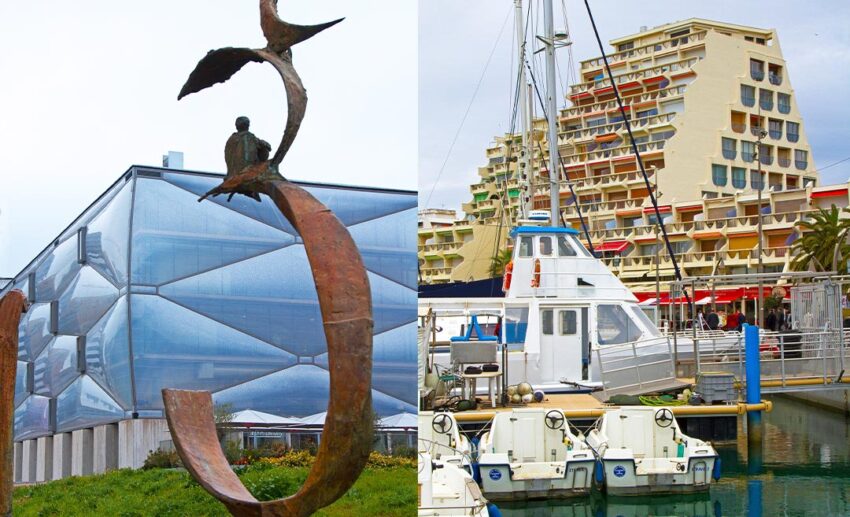
The Mediterranean Sea is a short drive to the south, and La Grande Motte is an excellent place to start exploring the coast.
Built between 1960 and 1975, this resort town was one of the world’s first attempts at eco-living in a green location. Architect Jean Balladur drew inspiration from pre-Columbian structures to create pyramid-shaped buildings in a seaside resort that included extensive wetlands, open areas, a marina, and a golf course. The Palais de Congrès (conference centre), a casino, and the church of St. Augustine are also key elements.
Saint-Guilhem-le-Désert offers a vastly different experience. Check into La Taverne de L’Escuelle and enjoy a pace of life that hasn’t changed much since medieval days. Visit the UNESCO World Heritage Sites of the Abbey of Gellone and Pont du Diable. The village is regarded as one of France’s most beautiful, and the nearby Cave of Clamouse is one of the best in France. The village is 43km northwest of Montpellier.
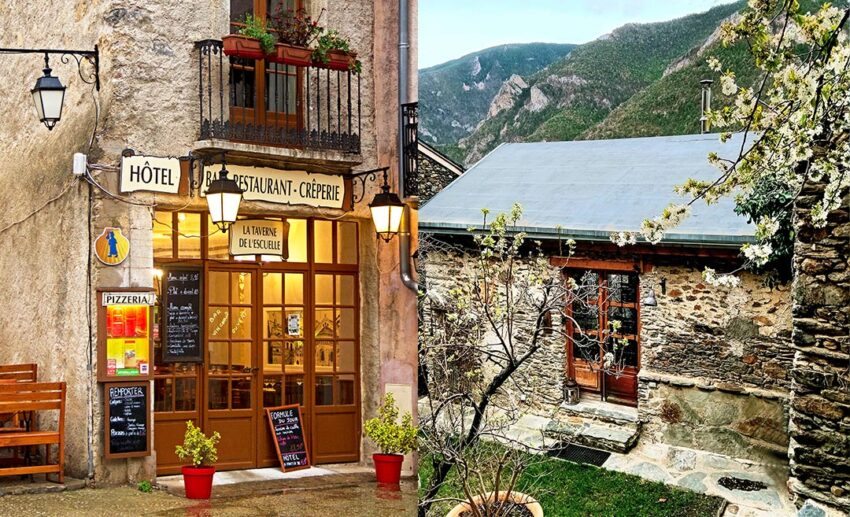
Nohèdes and the Pyrenees
The Pyrenees Mountains form the border between parts of Spain, France, and Andorra. The small mountain village, located in the mountains above Prades in the far southeast of France, has just a handful of ancient stone buildings dating back to the 17th century. The village is at the entrance to a forested reserve offering trails and snow country in winter.

Book into River Mountain House to enjoy total solitude in the forest by a brook. Several different types of accommodation are available, from a large four-bedroom house to a studio apartment. Visitors need to be well-stocked to use the kitchen facilities, as the nearest shops are in Prades down in the valley, and there’s just one restaurant in Nohèdes.
Travel to Nohèdes from Latour-de-Carol on La Petit Train Jaune (the Little Yellow Train), crossing the Gisciard Bridge before reaching Villefranche-de-Conflent. From here, it’s a winding, narrow road to Nohèdes. Use Nohèdes as a base to explore the forest reserve, the vineyards of Roussillon-Languedoc, the Pyrenees, and tourist towns along the Mediterranean Sea, such as Collioure (Henri Matisse painted here in the town), Banyuls-sur-Mer and Cerbère/Portbou. The Salvador Dali Theatre Museum is just across the Spanish border in Figueres.

Rouen and Honfleur
Rouen is one of the closest large cities to Paris and could be the ideal base for Olympic sports fans to use during the games. The Seine River flows through Rouen on its way to the Atlantic coast and destinations such as Le Havre and Honfleur. The once powerful medieval centre of Rouen spreads out from the impressive Gothic cathedral dating to the 16th century, and its half-timbered houses provide a colourful streetscape. It also has some impressive museums and gardens.

Place du Vieux Marché houses the market, an expansive plaza, and restaurants that sprawl across the cobblestone plaza in the summer. Dine on dishes such as foie gras, Atlantic oysters, casserole of sweetbreads, or sole meunière in Brasserie Les Maraichers, facing the plaza.

The Atlantic Coast is not far downriver from Rouen, and small seaports like Honfleur and Fécamp are charming places to visit along what is known as the Alabaster Coast. Honfleur has a weekend market, while Fécamp is home to a marina and museums dedicated to its fishing pioneers and DOM Benedictine liqueur.

Toulouse and Occitanie
Toulouse, France’s fifth-largest city, is home to Airbus and two UNESCO sites. It is a wonderful gateway for exploring France’s southeastern region, Occitanie.
The man-made Canal du Midi flows through the city and is recognised by UNESCO as a World Heritage Site. Designed and built by Pierre-Paul Riquet from 1662 to 1681, this 240-km-long waterway connects to the Canal de Garonne and various rivers.

Several religious sites in the city are also recognised as the ‘Route of Santiago de Compostela in France’ UNESCO site. Basilique Saint-Sernin de Toulouse, built in the 13th century, forms part of the site.
Toulouse is important to aviation, and Aeroscopia (an aviation museum) adjoins the Airbus site. Toulouse is also home to the Ariane Space Programme, and the space discovery centre Cité de l’espace is another must-visit site.
Not far from Aeroscopia, Halle de La Machine is a fun venue that houses an amazing collection of interactive, animatronic exhibits built by La Machine. While it’s difficult to categorise this museum, visit it to admire its oversized machines, including Ariane the Spider.

Everyone loves a market, and as far as markets go, Marché Victor Hugo is up there with the best in France. This vibrant market is popular with discerning shoppers attracted to the fresh meats, cheeses, seafood, bread, and regional wines. The interior is brilliant and clean, and some traders operate along the adjoining streets.
I also took the opportunity to enjoy Toulouse’s signature dish, cassoulet de Toulouse, at Le J’Go Restaurant, just opposite the market. Cassoulet is a medieval peasant dish made for eating after a hard day’s work. It was traditionally made from whatever was around or in season, and in this part of France, this usually meant beans and preserved meats like duck. All the ingredients are baked in a casserole dish and delivered to the table. It tastes much better than it looks, is quite filling, and is best shared between two.

Enjoy the greatest sporting event on earth and admire it from afar in all these delightful destinations in the more remote parts of France. France is justifiably one of the most visited countries in the world, with numerous out-of-the-way places and well-known sights.
Getting there: Fly with KLM from Kuala Lumpur to Amsterdam or Air France from Singapore.
Useful information: Operated by French Tourism, Atout France has all the details on tourism destinations in the country.

